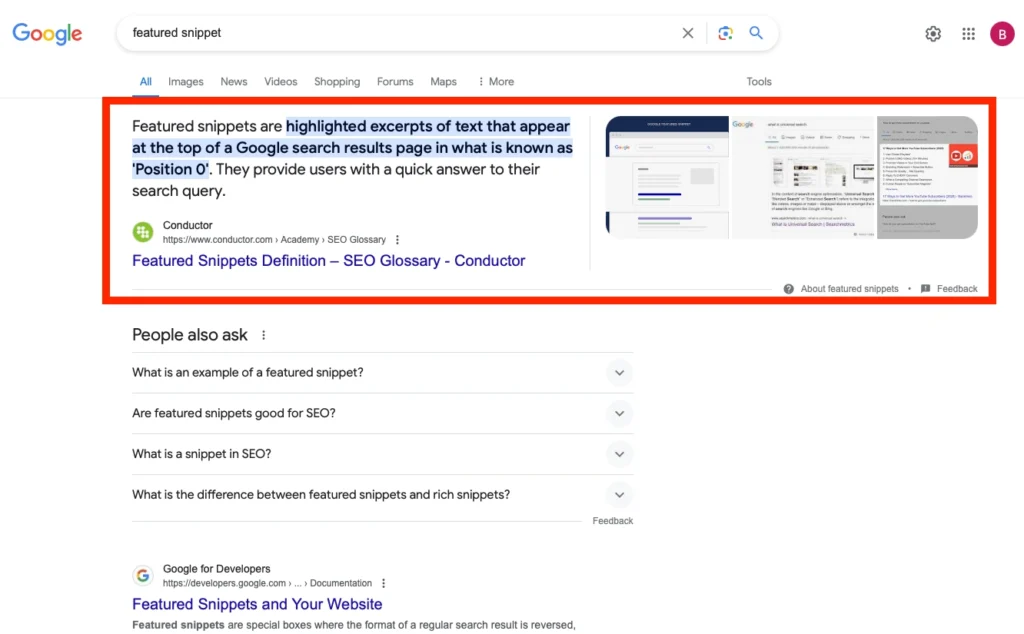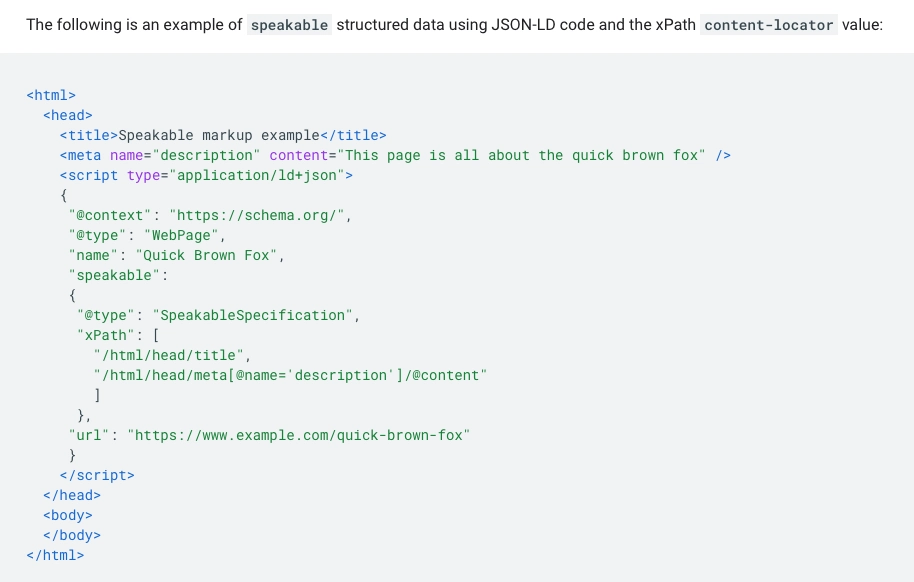How do you optimize for voice search SEO when queries turn conversational and keywords become full-sentence questions? This concise guide cuts through the complexity, laying out practical strategies to enhance your website for the era of digital assistants and spoken searches. Expect to learn how tailoring your content for voice search optimization can elevate your SEO game without the clutter of sales pitches or overstated promises.
Key Takeaways
Optimizing for voice search optimization is essential due to the increase in conversational queries and the popularity of digital assistants, which require content that aligns with natural, question-based conversational tones.
Natural language processing is crucial in understanding these conversational queries, enabling more accurate and relevant Voice SEO results.
Voice search is closely linked with local SEO, leading to a strategic emphasis on optimizing Google Business Profiles, engaging with local keywords, and capitalizing on ‘near me’ searches to improve visibility.
Adapting to voice search involves continuous monitoring of trends, updating content for relevance, structuring content for quick wins, such as featured snippets, and effectively using long-tail keywords.
Demystifying Voice Search SEO
Optimizing web content for voice-driven queries defines voice search optimization, a vital practice dominated by voice interactions with digital assistants in our digital age. Unlike traditional SEO, which focuses on typed queries, voice SEO deals with conversational queries that are often longer and formulated as complete sentences or questions.
The rising trend of voice queries on mobile devices, characterized by their question-based and conversational nature, emphasizes the need to optimize for voice-driven search. This allows businesses to satisfy direct user intents and improve their chances of being the top featured result. Understanding the meaning behind these voice queries, known as semantic search, is crucial for effective optimization.
The Rise of Voice-Activated Technology

Devices ranging from cars to smart speakers incorporate voice search capabilities, and they are commonly utilized in diverse settings, whether at home, in the office, or on the move. Especially on mobile devices, users find speaking questions more convenient than typing. Voice recognition technology plays a crucial role in enabling these voice search capabilities. Smart speakers, including significant players like Amazon Echo and Google Home, have been pivotal in accelerating the adoption of voice search. They allow users to conduct searches using natural language and conversational patterns, enhancing personalized user experiences and potentially increasing brand loyalty.
Popular digital voice assistants such as Alexa, Siri, and Google Assistant have been integrated into the daily routines of 72% of their users, demonstrating a pronounced user engagement with voice-activated technology. As this technology continues to permeate our daily lives, businesses must adapt their SEO strategies to meet the evolving needs of their customers.
Crafting Content for Conversational Queries
Developing content in tune with conversational queries is vital to voice search optimization. With voice search queries exhibiting a natural, conversational tone, it’s essential to adopt a similar tone in your content. Leveraging conversational AI can help create content that aligns with these conversational queries. Let’s delve into understanding user intent, structuring content for quick wins, and incorporating long-tail keywords to make your content voice search-friendly.
Understanding User Intent
Grasping user intent in voice search goes beyond translating voice searches into text-based queries. The nuances of voice search and contextual understanding are valuable for discerning user intent. The impact of voice search has prompted a shift from focusing solely on keyword matching to developing a deeper understanding of user intent and the semantic meaning of search queries.
Common voice search query patterns often include prepositions like ‘with,’ ‘in,’ or ‘of,’ and starting questions with ‘what,’ ‘why,’ ‘where,’ ‘when,’ and ‘how.’ These can help identify the searcher’s intent, thus guiding the optimization process for voice search.
Structuring Content for Quick Wins
Structuring content for quick wins entails formatting it to provide direct answers to questions. Content formatted this way is more likely to be pulled for featured snippets. Utilizing structured data can also enhance the chances of your content being selected for featured snippets. Formats favored by search engines for featured snippets include lists, tables, and concise paragraphs.
Voice search queries often look for quick and clear answers, meaning the content should provide answers to the point. In addition, structuring content in an easily digestible format, like bulleted and numbered lists, can aid in user comprehension and snippet selection.
Incorporating Long-Tail Keywords
Due to the conversational nature and sentence-like structure of spoken queries, including long-tail keywords is vital for voice search optimization. These necessitate optimization that focuses on natural language processing. The first step to optimize for voice search is implementing long-tail keywords identified by looking for conversational phrases and question-based keywords common in voice search queries.
Integrating conversational long-tail keywords in video titles, descriptions, and text content and structuring responses concisely to match voice search interactions enhances their visibility in voice search results. For voice search, it’s recommended to focus on long-tail keywords that are five words or longer to improve visibility and match the conversational, question-oriented nature of voice queries.
Local SEO and Voice Search SEO Synergy

There exists a close connection between local SEO and voice search. Localized searches often contain phrases like ‘near me’ or specific geographic locations, hinting at the use of voice search. Understanding the local search intent behind these queries is crucial for tailoring your strategy effectively. With this in mind, let’s explore how optimizing your Google Business Profile, engaging with local keywords, and capitalizing on “near me” searches can improve your voice search optimization strategy.
Optimizing Google Business Profile
Establishing and upkeeping a Google Business Profile represents a notable stride towards local search optimization and offers considerable benefits for voice search optimization. Maintaining accurate information and NAP (Name, Address, Phone number) consistency across various local directories is crucial for voice search optimization.
Optimizing your Google Business Profile increases the chances of your business appearing in the local 3-pack for voice searches with positive ratings. It’s a crucial aspect of your local SEO and voice search optimization strategy.
Engaging with Local Keywords
The engagement with local keywords bolsters voice search optimization. Conversational phrases often include location-specific details reflecting natural speech patterns, making focusing on local keywords essential.
Geo-targeting can enhance this by focusing on location-specific keywords to attract the right audience.
Effective voice search optimization for local SEO involves integrating these location-specific keywords and maintaining accurate and consistent business information across the web like on google maps, google business profile, yelp, BBB and more. This improves your local SEO and caters to the increasing number of voice search users.
Capitalizing on “Near Me” Searches
Taking advantage of ‘near me’ searches requires generating content that responds to prevalent voice search queries. Local businesses should focus on these proximity-based searches to improve rankings for ‘near me’ queries. Including relevant local landmarks or neighborhoods can enhance content visibility for ‘near me’ voice search queries.
Localized queries often contain words like ‘near me,’ phrases such as ‘opening hours,’ or specific geographic locations, hinting at voice search. You can boost your local SEO and voice search optimization strategy by capitalizing on these local voice search queries.
Enhancing Website Readiness for Voice Queries

Boosting website preparedness for voice queries forms a key element of voice search SEO. With over 60% of searches conducted on mobile devices, it underscores the necessity for mobile-friendly website designs and fast load times.
Mobile-first indexing is crucial for ensuring your site is optimized for mobile users, and it directly impacts your voice search SEO.
Let’s delve into mobile optimization techniques and how to accelerate page speed for optimal voice search optimization.
Mobile Optimization Techniques
Given that over 88% of local voice searches occur on mobile devices, mobile optimization becomes critical for seizing ‘near me’ search queries. Google prioritizes mobile responsiveness in its indexing, further underscoring the importance of having a mobile-friendly website design with a responsive design for optimal voice search SEO.
Mobile optimization improves the user experience and facilitates easy crawling by Google bots. This is beneficial for both mobile searches and voice search optimization.
Accelerating Page Speed
Enhancing page load speed is critical in voice search SEO. Voice-activated devices prefer quick-loading web pages, and fast load time is key to achieving high ranking in voice search results.
Page speed optimization is essential for improving website loading time. This involves techniques like reducing image sizes and minifying JavaScript and CSS to aid in quicker voice search result delivery. In addition, implementing Accelerated Mobile Pages (AMP) can improve mobile page loading speed, benefiting voice search optimization.
Featured Snippets with Voice Search SEO

Earning featured snippets and answer boxes in voice search SEO necessitates content optimization to furnish concise, comprehensive answers. To improve your chances of being featured, consider the following:
Use ‘What is’ headings
Utilize an ‘is’ sentence structure
Provide a complete, concise definition or answer within two to three sentences for featured snippets.
Matching the content to the featured snippet format in search results, whether it’s a paragraph, a list, or a table, is also crucial. Featured snippets should avoid brand names or first-person language to be suitable for voice search devices reading them. Prioritize content adjustments for search queries already ranking in the top five to increase the likelihood of claiming a featured snippet.
Featured snippets can elevate a site to the top of search results even if it would otherwise rank lower, making them a crucial aspect of your voice search optimization strategy.
Harnessing the Power of Schema Markup

Functioning as a structured data type, schema markup organizes and labels website content, making it more understandable to search engines and boosting voice search optimization. Using schema markup, voice assistants can better understand the context and details of a site’s content, improving its chances of being displayed in voice search results.
Rich snippets, enabled by schema markup, are commonly used by voice search technologies to provide users with concise, summarized responses to their voice queries. Harnessing the power of schema markup enhances voice search SEO and improves your overall search engine optimization strategy.
Continuous Voice SEO Monitoring and Adaptation
Given the rapid evolution of SEO strategies for voice search, continual adaptation and testing are indispensable. This involves analyzing voice search trends, updating content for relevance, and adapting your SEO strategies to stay competitive.
Conducting an SEO audit is crucial for analyzing and updating your SEO strategies to ensure they align with current trends.
Let’s delve into how to monitor and adapt your voice search optimization strategy effectively.
Analyzing Voice Search Trends
Voice search trends indicate a surge in the utilization of voice-activated devices and conversational queries. Conducting search behavior analysis is essential for understanding these trends. Due to their growing influence, adapting SEO strategies to these behaviors, including optimizing for voice search keywords, is necessary.
In fact, 40.7% of voice search results came from a featured snippet, indicating a significant area for SEO focus. Targeting featured snippets becomes a crucial SEO strategy in adapting to voice search trends.
Updating Content for Relevance
Frequent content updates are essential to voice search optimization, as content that falls out of date can swiftly drop in rankings. Including timely content around trending topics and current events can contribute to content relevance for voice search.
Maintaining content freshness by regularly updating your articles ensures they remain up-to-date and relevant.
Analytics help in identifying which content to update for improving relevance based on user interaction and search patterns. Content that retains its accuracy and upholds authority over time is more likely to be favored in voice search results. Regularly updating your content ensures that it remains relevant and authoritative.
Navigating the Future of Voice Search Optimization
Industry analysts project that voice searches could make up over half of all searches, signaling a pressing need for businesses to tailor their SEO strategies to this escalating trend. Identifying specific objectives and relevant KPIs, such as impressions and clicks, is crucial for creating effective voice search optimization strategies to increase brand recognition or lead generation.
Predictive search is also emerging as a significant future trend in voice search, helping users get more accurate and relevant results.
Strong domain authority is key to improving a site’s ranking potential for both voice and traditional search queries. As voice search’s influence continues to grow, navigating the future of voice search optimization becomes increasingly important for businesses.
Summary
Voice search optimization is rapidly evolving, and businesses must adapt their SEO strategies to stay competitive. Understanding search engine algorithms is crucial for grasping how search engines work and optimizing accordingly. Every aspect plays an important role, from understanding the importance of voice search to crafting compelling content and optimizing for local SEO. Harnessing the power of schema markup, monitoring trends, and constantly updating content for relevance are essential for success. As we navigate the future of SEO, one thing is clear: voice search is here to stay, and businesses that can effectively optimize for it will have a significant competitive edge.
Frequently Asked Questions
What is voice search SEO?
Voice search optimization is optimizing web content for voice-driven queries to meet the growing use of voice interactions with digital assistants. It involves tailoring your content to be easily found and understood by these devices.
Why is mobile optimization crucial for voice search SEO?
Mobile optimization is crucial for voice search optimization because over 88% of local voice searches occur on mobile devices, making it essential for capturing ‘near me’ search queries and delivering a smooth user experience.
What is the importance of schema markup in voice search SEO?
Schema markup is important in voice search SEO because it helps organize and label website content, making it more understandable to search engines and enhancing the understanding of content by voice assistants.
How can I improve my chances of being featured in voice search results?
To improve your chances of being featured in voice search results, optimize your content to provide concise, complete answers, use “What is” headings and an “is” sentence structure, and match the content to the format of the featured snippet in search results. This can help you stand out and increase your visibility.
How can I measure the success of my voice search SEO efforts?
Measuring the success of voice search SEO efforts can be done through various metrics such as the increase in voice search traffic, higher rankings for voice search queries, and the number of featured snippets your content captures.

 How to Create Headlines That Attracts More Readers: 10 Proven Tips
How to Create Headlines That Attracts More Readers: 10 Proven Tips